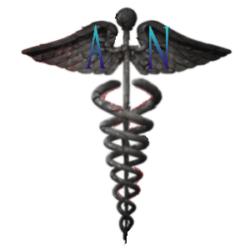What is wound care?
Wound care involves the management and treatment of injuries or open sores to promote healing and prevent infection. Proper wound care is crucial for minimizing complications and supporting the body’s natural healing processes. The specific steps in wound care can vary based on the type and severity of the wound, but here are general guidelines:
Basic Steps in Wound Care:
- Hand Hygiene:
- Wash your hands thoroughly with soap and water before and after handling the wound to prevent infection.
- Gather Supplies:
- Collect necessary supplies, including disposable gloves, sterile dressings, sterile saline solution, mild soap, and adhesive bandages.
- Assessment:
- Examine the wound to determine its type, size, and severity. Assess for signs of infection, such as redness, swelling, or discharge.
- Clean the Wound:
- Gently clean the wound with mild soap and water or a sterile saline solution. Avoid using hydrogen peroxide or alcohol, as they can be harsh on tissues.
- Remove Debris:
- If there are any foreign objects or debris in the wound, use sterile tweezers to carefully remove them.
- Control Bleeding:
- Apply gentle pressure with a clean cloth or sterile gauze to control bleeding. Elevate the injured area if possible.
- Apply Antiseptic (if necessary):
- If recommended by a healthcare professional, apply an antiseptic ointment or cream to help prevent infection.
- Cover the Wound:
- Use a sterile dressing or adhesive bandage to cover the wound and protect it from further injury and contamination.
- Change Dressings:
- Change dressings regularly, following healthcare provider recommendations or as needed based on the type of wound.
- Keep the Wound Moist:
- Maintain a moist environment for certain wounds, as it can promote healing. Consult with a healthcare provider for specific guidance.
- Pain Management:
- Administer over-the-counter pain relievers or prescription medications as recommended by a healthcare provider to manage pain associated with the wound.
- Avoid Irritants:
- Avoid irritants such as harsh chemicals, excessive moisture, or tight clothing that can impede the healing process.
Specialized Wound Care:
For more complex wounds or those requiring specialized attention, additional steps may be necessary:
- Debridement:
- Removal of dead or damaged tissue from the wound to facilitate healing.
- Wound Culture:
- Collecting a sample from the wound for laboratory analysis to identify any infection.
- Advanced Dressings:
- Using specialized dressings, such as hydrocolloids or foams, for wounds with specific needs.
- Negative Pressure Wound Therapy (NPWT):
- Using a vacuum dressing to promote healing in certain types of wounds.
- Sutures or Staples:
- Closing certain wounds with sutures or staples to facilitate healing and reduce scarring.
Always follow the guidance of healthcare professionals, as wound care can vary based on the nature of the injury and individual patient factors. If there are concerns about a wound, it’s advisable to seek medical attention promptly.

